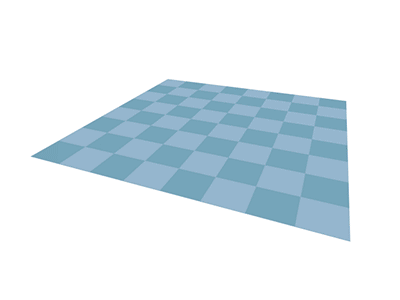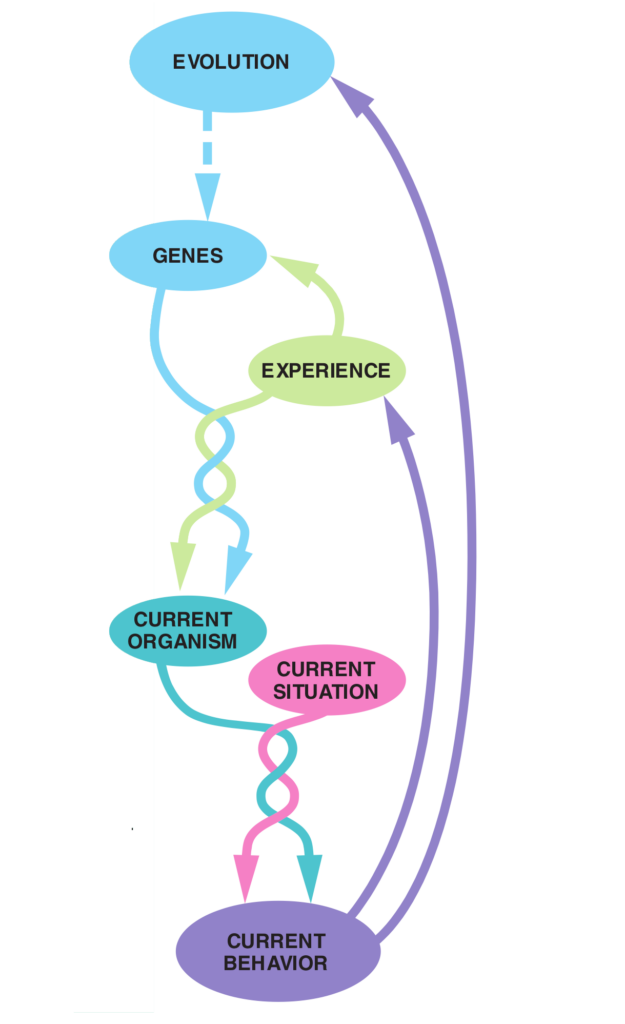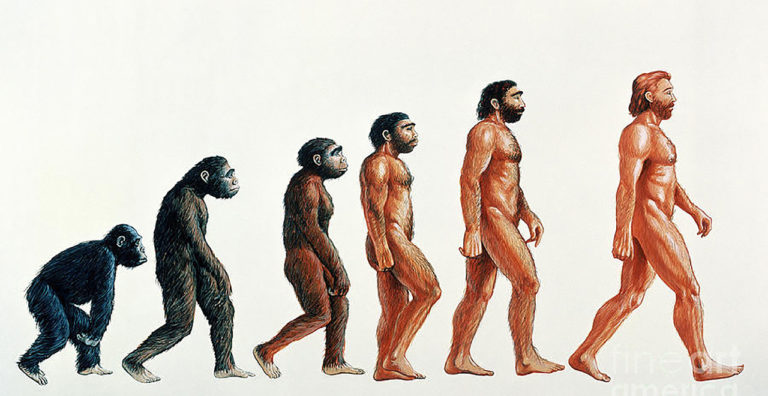Selfish versus altruistic behavior
Selfish behavior is widely recognized as the behavior most rewarding for genetic evolutionary fitness. The EACH project however, finds that altruistic behavior under the right circumstances can be beneficial for the survival of species over selfish beahvior.
To show this, consider two types of asexual individuals exist in the population, differing only in their altruistic (A) vs. selfish (S) traits. The populations are arrayed at lattice intersections of a two-dimensional Cartesian grid, with opposite edges connected to eliminate boundary effects (a torus transformation; see the animation below).

Interactions are local, such that the absolute fitness of an individual depends on its neighborhood of five grid points, which includes its own location plus the four neighboring points occupying adjacent north, east, south and west position on the grid:
WA = fitness of altruist = 1 – c + NA b/5,
WS = fitness of non-altruist = 1 + NA b/5,
where:
NA/5 = the average proportion of altruistic neighbors (the plus-shaped neighborhood of five includes the self ),
c = the cost of altruism that contributes linearly to fitness
b = the benefit of altruism that contributes linearly to fitness
the fitness of the average altruist in the global population exceeds that of the average non-altruist as long as:
b/c > 1/V,
where < is a statistical analog of Hamilton’s relatedness variable, r. Specifically, V is the
average of the pair correlation coefficient over the 5 recipients of the altruist’s benefit. One of
these is the self, with correlation 1, and 4 are lattice neighbors, with correlation R: hence
V = (1 + 4R)/5

Center A, with c = 0.2 and b = 0.5. => NA = 3 => WA = 1- 0.2 + 3 x ( 0.5/5) = 1 – 0.2 + 0.3 = 1.1


